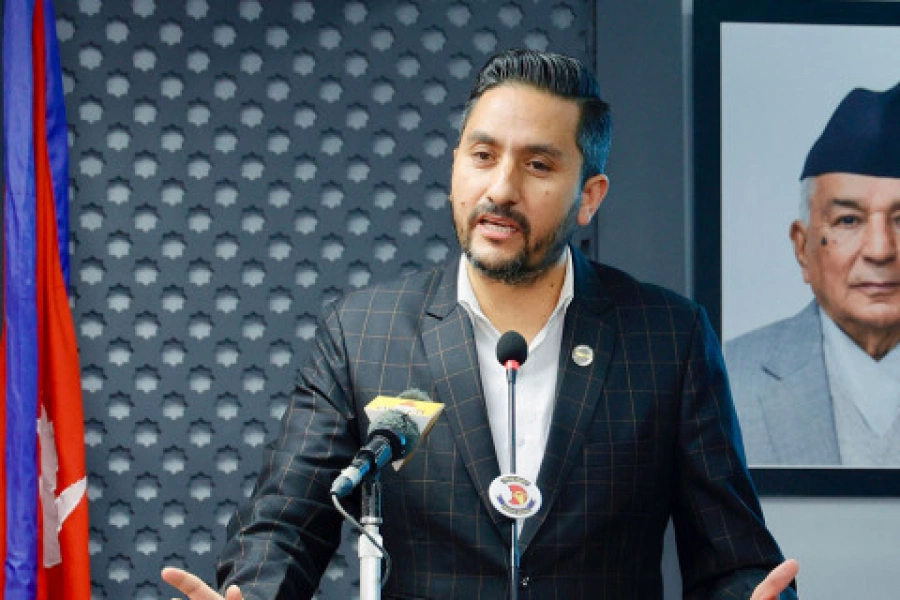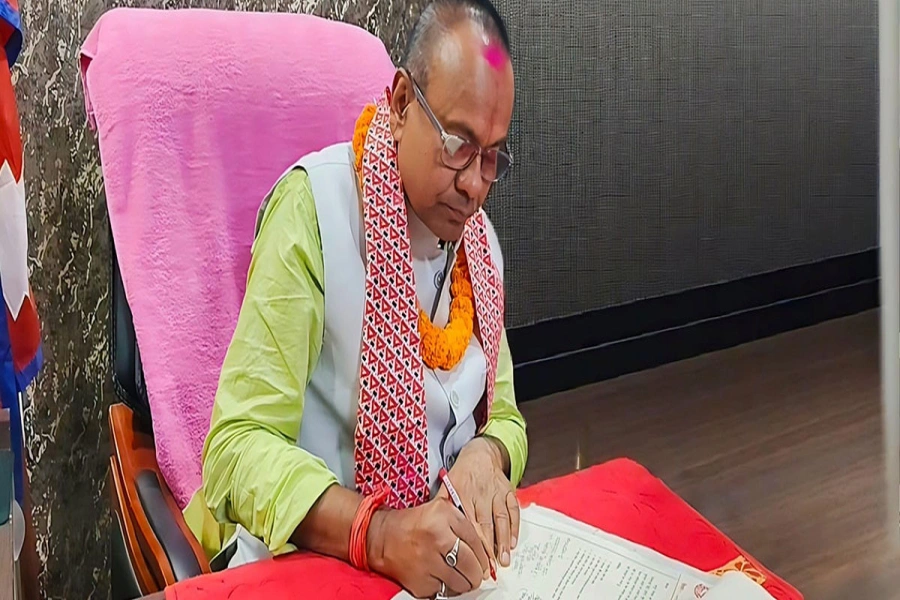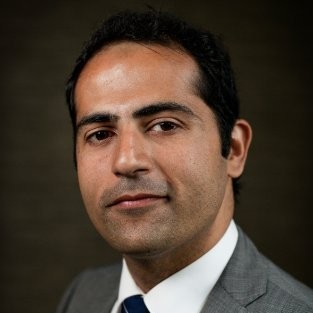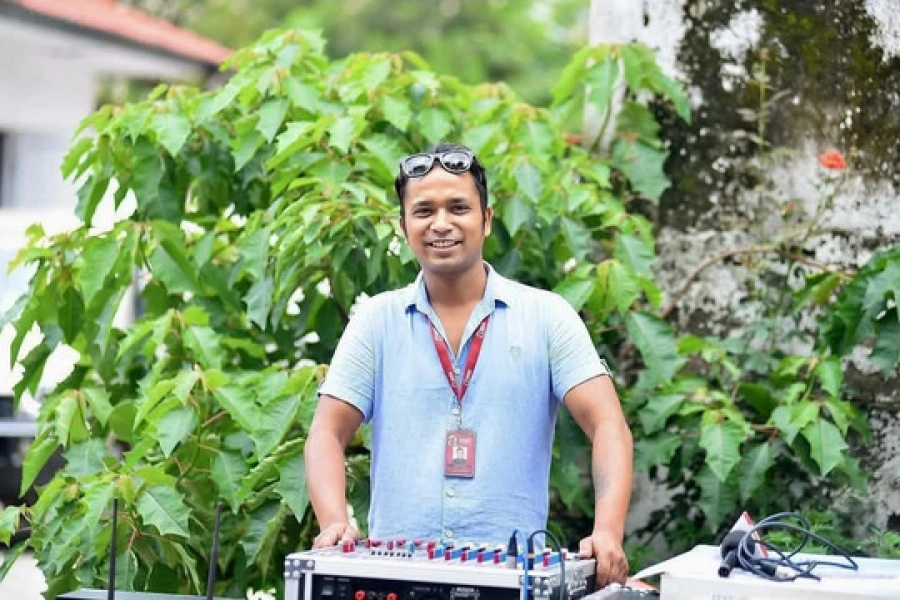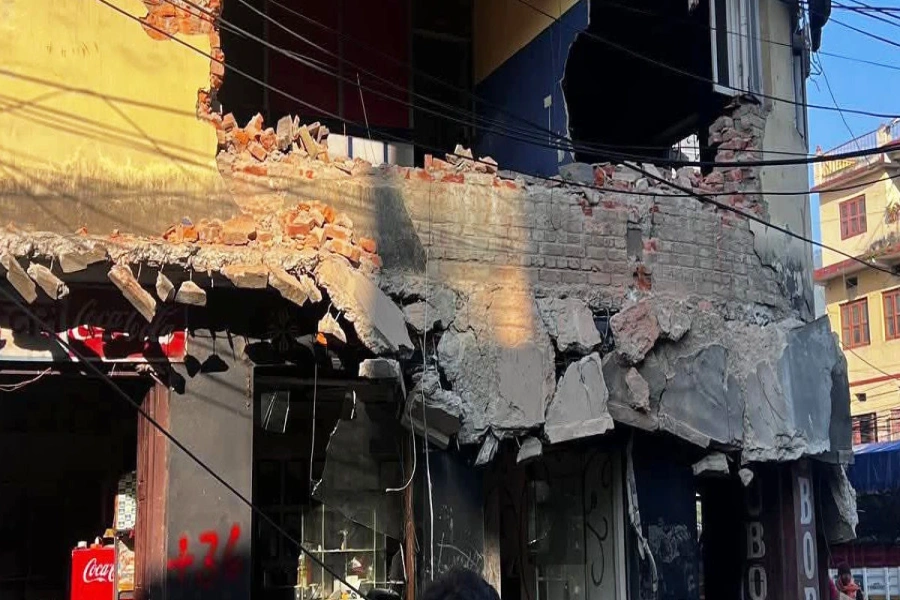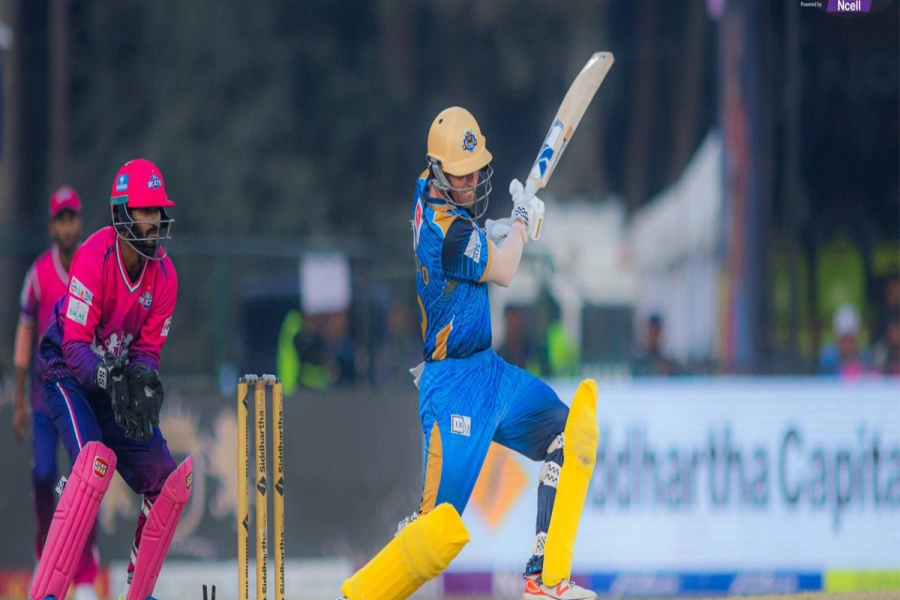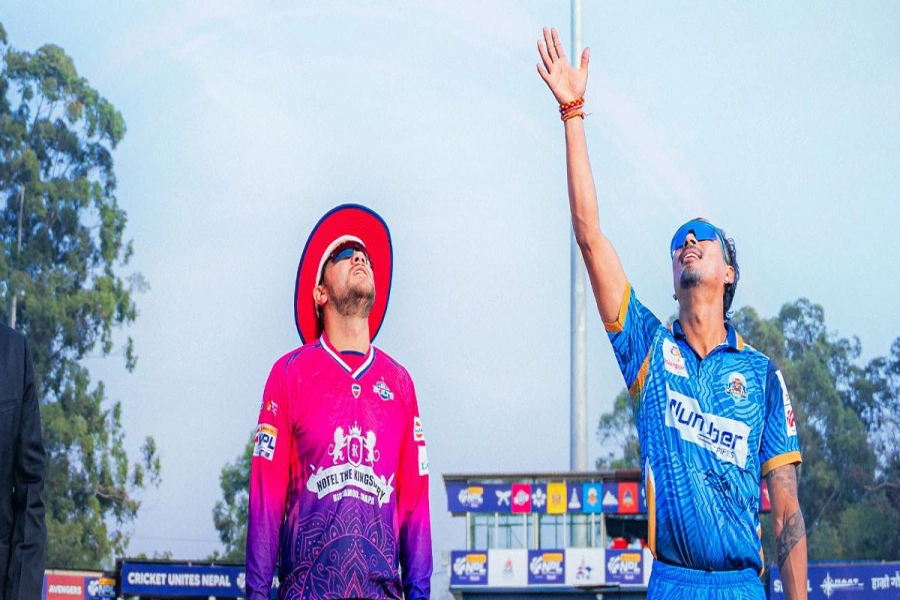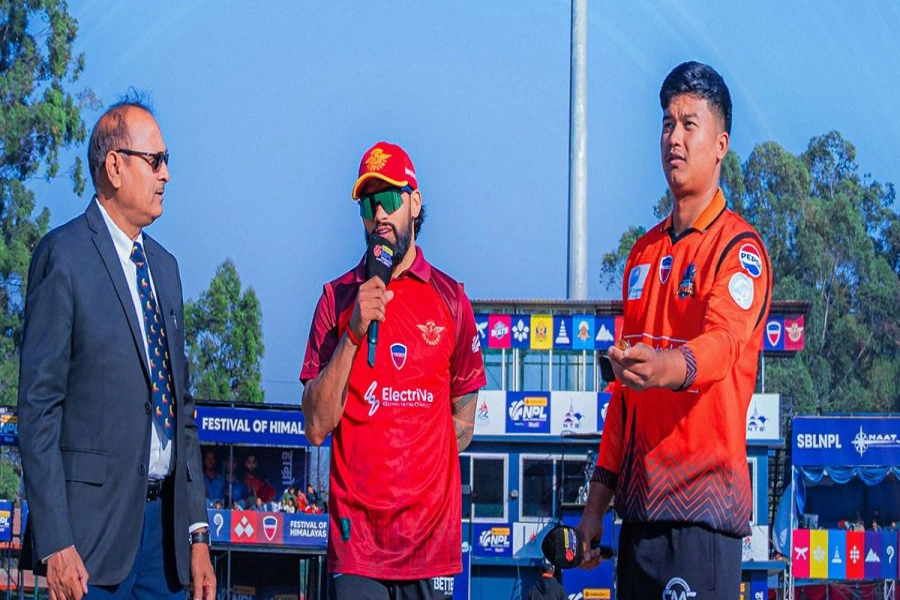The whole idea of having three tiers of government was to build a strengthened governance that would be closely connected to all its people
A week after the flash flood in Nepal, I still look at the ground floor of my home in a mess and try to process that scary night of Friday, September 27, 2024, when Kathmandu Valley cried for rescue. I still fear any drop of rain at night and pray that the monsoon subsides now completely.
You cannot fully grasp the gravity of suffering until it happens to you. This statement has never hit so close to home as it did last week after flash floods hit my home in Harisiddhi, Lalitpur district.
Floods and landslides do not ring a surprising bell to my ears as they are reported every monsoon across several places in Nepal. But for a capital-born lad, it had to be the Valley itself to understand what hundreds go through year after year, and how I and the capital turned away from the ordeals of climate change until now.
The incessant rainfall which started on Friday, September 27, 2024, swelled up the rivers in the valley, Bagmati, Nakkhu, Bishnumati, Karmanasha rivers broke shores and boundaries and made their way through settlements. My residence in Harisiddhi along with others in places around Nakkhu, Imadol, Lele, Kuleshwor, Balkhu, Hattiban, Bhaktapur, and the nearby areas were some of the worst hit inside the Valley.
I live with my family in a three-and-half-floor home. Around midnight last Friday, the river’s unforgiving wrath broke through our metal doors, broke concrete tall fences, and surged into my house. Post-midnight, the water level inside the house reached almost the second floor, which is around 10 feet tall. The flood submerged all our furniture, electrical, and kitchen appliances such as gas stoves, oven, and refrigerators, as well as our sofas, cupboards, cutleries, and bedroom, and destroyed our food.
I don’t recall feeling so helpless, with aging parents and children at home, with phone lines not working and no access to electricity and the internet, with the water level continuing to rise inside the house, all that I could do was pray through my silent tears. The rain continued to pour all night, things continued falling and breaking and the night seemed the longest I have ever experienced in my life. Me and my family are grateful that the foundation of the house did not give in to the weight of the water, or we may not have survived this ordeal.
A week later now, my family and I are still grappling with the aftermath, fixing electric cables, repairing furniture, cleaning up the damage, and living with the trauma of that night and the next morning.
Urban Agriculture for Sustainable Urban Development in Nepal

An urban wakeup-call
Post this event, my locality did not have access to phone lines, electricity, and internet until almost the next 24 hours. Therefore, I was oblivious to the magnitude of the destruction this flood has caused across several places in Nepal. I was still processing the damage in my home, looking at the destruction in my neighborhood and wondering where to begin all over again.
It was almost 24 hours later when the internet was restored, I realized that my whining did not make sense in comparison to what people in neighboring districts were enduring. Bridges that connect villages were swept away, bridges that connected trade were broken, highways destroyed and closed, scores of people were swept away, buried under landslides, homes, and villages flattened like they never were there, families orphaned, livestock killed, farms swept and utter chaos all around. I felt guilty, fortunate, and privileged altogether because I still had my family with me, a roof, and a home we could rebuild.
Unfortunately, this was not the same scenario for many as the daunting reality of many marginalized communities became evident that rebuilding was farfetched, adding emotional distress to their lives.
Nepal was ringing headlines all across major international news channels. But floods and landslides happen every year, so why was Nepal all over the news this time? My answer is simple – this was an urban flood. Kathmandu Valley had not seen a flood of this magnitude within the valley for almost four decades, Kathmanduites had not fallen prey to nature’s wrath after the April 25, 2015 earthquake. Therefore, the city’s cries became louder and more evident in the global air.
A climate-induced disaster, somewhere caused by us, made me clearer about the class divide I am as guilty of. Why did flooding and landslides outside the capital, and the news about them every year not bother me much? Why was it just another headline to casually scroll for me until now? I may ignore my shortcomings, but I have my answer deep within. Born and brought up in the capital, with access to all the facilities, and between the rat race of capitalism, I had become just like cities, tall, lifeless, competitive, ignorant, concrete, and with a soul that does not look anywhere beyond oneself, selfish. I was blindfolded by the city life, and deaf to any other cries. This flood swept away all my guards, humbled me, and is now asking questions.
Accountability
So, who do we blame like always? Mother nature? People for building homes closer to the rivers? The government? Our fate?
After abolishing 240 years of the monarchical system, Nepal was declared the Federal Democratic Republic of Nepal in May 2008. Seven years later, to achieve better, transparent, strengthened, and accountable governance, Nepal was divided into seven provinces in September 2017. This provided the country with three tiers of government – federal, provincial, and local. To this day, we have 753 local levels of government in Nepal that include six metropolitan cities, 11 sub-metropolitan, 276 municipalities, and 460 rural municipalities – all comprising 6743 wards with respective elected authorities. In the last 16 years of becoming a Federal Democratic Republic of Nepal, we have had 13 governments.
Let’s go back to these recent floods. There are many on social media with an opinion that people in villages of Panauti, Kavre, Sindhupalchowk around the Kulekhani dam in the valley and several places in Kathmandu, Bhaktapur and Lalitpur district suffered acutely because they built homes near the rivers. As per reports, there are more than approximately 6,000 rivers in Nepal. If we are to think about the Kathmandu Valley, who is responsible for city planning, for approvals of residential colonies? My home is not next to the river, I cannot even see the river from the terrace of my fourth flood, but I became a victim too. If the rivers have been encroached given the growth of human settlements in cities, and nature wants to reclaim its space, who is responsible? For villages, every municipality or rural municipalities have respective elected authorities. Whose responsibility is it to make aware and ensure that people are settled in a safer space? Let’s not forget many victims of the 2015 earthquake from Barpak and Sindhupalchowk, many of whom are still landless and homeless.
The whole idea of having three tiers of government was to build a strengthened governance that would be closely connected to all its people, empower them, provide them with financial assistance in a crisis like this, and provide them direct access to facilities, skills, infrastructures, livelihood, and employment opportunities. Why have we failed in decentralization to this day? While Kathmandu continues to be the melting pot for all the facilities, the city’s population continues to grow, the infrastructures continue to expand without being climate resilient, and the villages continue to shrink or be at the brim of disasters often unreported, unheard, and uncared for.
People living in our Kulekhani dam are people within the Valley, residents of Panauti and other neighboring villages in Kavre are next door to Kathmandu Valley. Even a week later, why have no local representatives visited them to assure any form of assistance, at least kind words of empathy and condolences? I saw interviews of some local representatives citing how they warned people of heavy rainfall last week through social media posts. Could you not have visited households and wards in person and made the senior citizens, mothers, and children like you did while asking for the votes? If even the authorities did so, where would villagers go leaving behind all they had? Where were the evacuation plans? Where were the shelters and camps? What were the alternatives? Why were the highways strictly not closed when the forecast was clear? Why did the rescue effort in highways and villages take forever to begin? Who will rebuild for those surviving villagers with nothing left in their hands? It gives me chills to recall the cries of a grandmother from Panuati who told the media how her house was flattened, families killed, and livestock buried under a landslide, she called the insurance company to help her against the insurance taken for her livestock and how she was told there was barely anything they could do. In addition, she cried to tell her sad tale of waiting for over 24 hours to find a glass of clean drinking water as an aftermath. And for cities, we do not even regard the people living in the slums, as humanly enough.
Let’s not forget that homes are not just bricks, clays, woods, and metals. Homes are dreams built over sweat and savings of a lifetime, built over loans of a lifetime, built over families and emotions. Homes are not a pair of old clothing you could replace easily. This flood, we allowed emotions to be buried. We all did it ourselves.
Global climate crisis
This year, mother nature has warned humans across the globe more evidently than ever. The summers are getting hotter, and longer and breaking records, the glaciers are melting faster than ever, and monsoon patterns are vastly changing.
The recent flash floods across Central and Eastern Europe, the coastal floods in the US, and the destruction caused by the recent super typhoon Yagi in Asia are all pleading aloud for collective action for climate justice and addressing the adverse effects of climate change. The Call-to-Action is paramount now this moment that ever.
Global leaders should make every ounce heard and commit to immediate collective action for climate justice in the upcoming COP29 Conference in November this year. Climate is not just about Nepal or Asia, it is a true tragic picture that this planet is enduring and we need to be absolutely serious than sorry. We need collective actions and commitments beyond these conferences and celebrations of World Environment Day in June.
Remember we live on a planet with approximately 70 percent of water and about 90% of natural disasters are water-induced. We still have the opportunity to develop as a climate-resilient world, coexist, and make space for every living being. If nature truly wants to reclaim, human civilization can be a forgotten story.
For the victims of this recent flood, the road to recovery is a long way ahead. While the show must go on, all concerned authorities have the opportunity to build their trust back with their people, help villages rebuild, reboot, help in building water systems that can withstand flooding, help relocate their livelihood, provide them with additional subsidies for farming, animal husbandry, and to help them start with new livelihood opportunities. All in all, if there are no villages and their inhabitants, who will you govern, at all?
For me, this is a wake-up call to play my part, to be more sensitive of my actions towards this nature, share what I can, and to look beyond just my problems.





